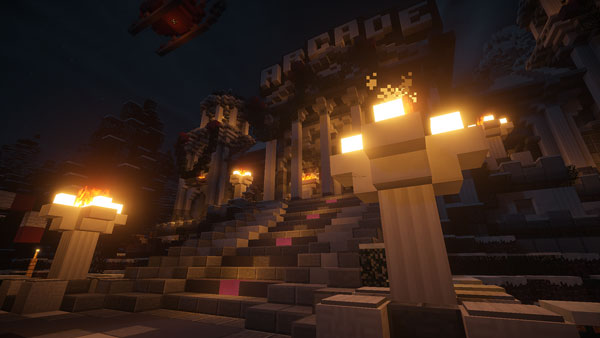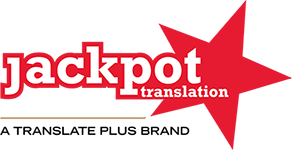
Five key steps to successful gaming translation
Successful gaming translation is all about having the right process in place. Skip a step or get things in the wrong order and you can end up causing serious problems for yourself, either during the development stage of your game or long after release.
So today we’re going to run through the five key steps of video game translation and why each of them is so important.
#1: Choose your audience(s)
There’s nothing wrong with adding target audiences further down the line, but it pays to have a good idea of which markets are most important to you before you start working on a new title.
We really do mean before you get started, too. Before the concept stage, script writing process, early design stages and everything else. These are all things that should be done with your target audience(s) in mind so you can avoid creating anything that could be problematic – for example, historical references that are insensitive to one of your target audiences.
#2: Do your research before making any decisions
Once you know who your target audiences are, the first thing to do next is conduct your audience and market research. The more you know about the people you want playing your game, the better informed you are to create an experience that will be engaging to all of them.
We’re not just talking about translation here, either. Solid research will help you make smarter scripting and design choices that make the gaming translation/video game localisation process easier as your project progresses.
You’ll also need to know the legal environment of each target market so you can create a game that meets the gaming, media and any other regulations that might apply. Once again, this research should be conducted before you get to work on anything concrete or make any firm decisions.
#3: Write, design with one eye on gaming translation
With solid research in place before you start the creative process you’re in a stronger position to write a script and design game elements that result in better gaming translation. For a start, knowing which languages you’re targeting allows you to make sure your user interface elements are large enough to contain their text in every language.
You can make script/wording changes in the early drafting process to avoid unnecessary redesigns at the last minute and create a culturally sensitive story line for each target market.
This not only cuts down on the gaming translation and video game localisation work you’ll have to do later, but also helps you avoid expensive mistakes that halt game development or cause problems after release. You might even choose to work with language experts in the early scripting and design stages of your game to make sure everything starts off on the right track – it’s a worthwhile investment.
#4: Make no compromises on gaming translation
The first thing we want to make clear about this point is that professional, human translation for each of your target languages is the only way to go. Don’t settle for automated video game translation tools, fan translations or anything less than language experts for each target market.
Next, we need to cross over into gaming localisation for a moment because the structure of your game files has a massive impact on the translation process. Make sure you store your text strings as variables; don’t hard-code them into the core files of your game. This allows you to add, edit and call in full translations without pulling your game files apart. This is absolutely vital for creating the fastest, most cost-effective translation while allowing you to add new languages in the future.
Also, don’t forget there’s more to gaming translation than your gameplay content. You have marketing material, game descriptions, instruction manuals and other materials that will need perfect video game translation for you to maximise sales/downloads of your title in each market. So be sure to cover everything your players need to get the most out of your game.
Finally, it’s always a good idea to have a system in place for storing each translation project so you can cut down on the workload in future projects. You’ll find every game you develop has things in common – for example, certain menus or terms and conditions – so storing these translations can save you having to repeat unnecessary work in future projects.
#5: Localise your game
Gaming translation alone can’t help you get the most from game releases in multiple markets. We’ve already covered one of the most important stages of localisation in using variables to store your text strings and how much this improves the translation process. All that research you did in step two is going to come into its own now because you can fine-tune the design and linguistic elements of your game to suit every target market.
With your translation taken care of, it’s now easy to know how much space your buttons, dialogue boxes and other elements need to contain their text in every language. While it’s not too late to make some wording tweaks if you find something really can’t fit where it should.
You’ll also be able to make design choices now that have the right kind of impact on all/each of your target audiences. For example, colour schemes, fonts, text sizes, controls, layouts and everything else – all based on the research you conducted earlier.
The main lesson today is that gaming translation itself is only one part of creating a truly multilingual game. You have to approach these projects with the right intent from the start and create the most efficient process possible. It’s all about achieving the highest quality of translation you can without wasting any time or budget on avoidable tasks. Mistakes can be very costly when it comes to gaming translation and the key steps we’ve looked at today are as much about damage limitation as they are translation.
- Posted by Alexandra Kravariti
- On 12th April 2017
- 0 Comments



0 Comments